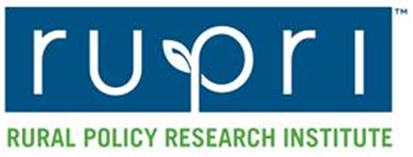From the Penn State Center for Health Care and Policy Research
Each year in the United States, nearly 12 million people are the victims of some form of intimate partner violence (IPV) or domestic abuse. Under normal circumstances, IPV is an incredibly difficult public health and socio-judicial issue to address – by nature IPV is “behind closed doors,” and thus, stigma, shame and embarrassment, as well as concerns over safety and privacy, often prohibits individuals experiencing abuse from seeking help . The COVID-19 pandemic has only served to exacerbate this issue by not only increasing the incidence of IPV, but also by adding new challenges and complexities to how services for both victims and their abusers are delivered. In this post, we explore the immediate impact of COVID-19 on IPV rates, the way the pandemic has altered, and in some cases decreased access to, services for victims and perpetrators, and the potential long term implications COVID-19 has on future IPV trends.




